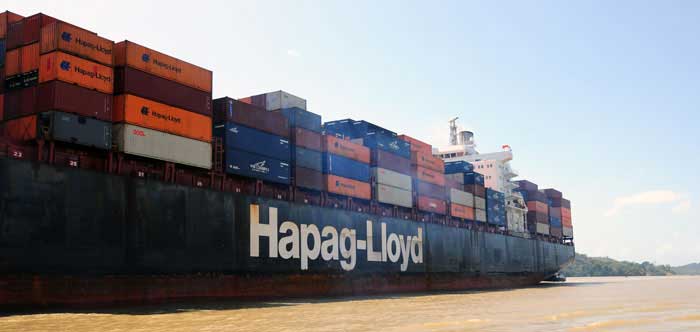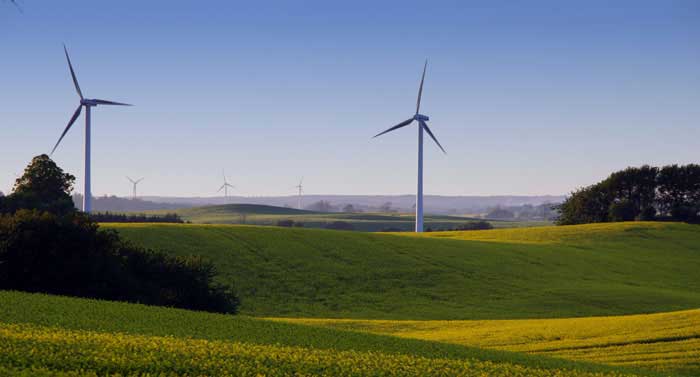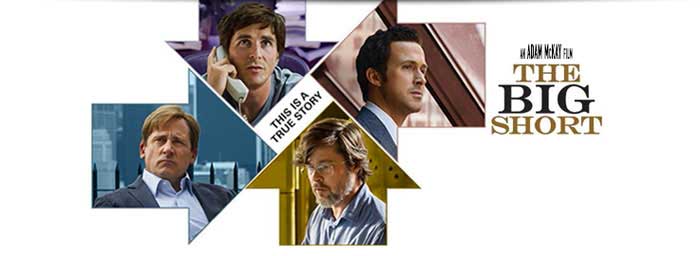By increasing international sales of US products, the US economy is able to life minimum wages and provide better benefits for employees working in the system. 95% of the world's population lives outside of the US, and so the potential is massive. More than 41 million US jobs rely on the trading industry and international trade boosts the potential spending power of each American household by around $10,000 every year. Around 98% of all businesses trading internationally are small companies, and so it is vital to the local economy.
Electrical machinery and computers are the US' largest exports, which combined account for over $3billion annually into the US economy and collectively make up almost a quarter of all exports. While the price of making electronic and computer equipment is falling and many large conglomerates are favouring the manufacturing processes abroad, it still plays a vital role in the economy of the US.
The fastest growing export economy was in Mineral fuels and oil, which increased by 72.4% over 7 years, starting in 2009. It now contributes $94.7billion to the economy. The international sales of cars wasn't far behind in economic growth, showing an improvement of 68.8%.
While exporting is vital to the economy, the US actually buys far more international products than it sells abroad. The US spends at least $50billion a month more on imports than it gains from exports, and the US imported $2.252trillion worth of goods in 2016.
The top exports actually seem to mirror the most popular imports, with electrical machinery and computers taking the top spots. The fastest growing import economy is vehicles, making up 12.7% of the market at $285billion. This has increased by 113.7% over the last seven years. This is followed by furniture and domestic goods, up by 94.5% in the same period.
There are a number of benefits to international trading. Firstly, some countries are better at making particular products, and some companies can make products for cheaper. On the other end of the scale, some products are worth more in some places than in others. This effectively allows people to optimise a profit by manufacturing a product in one place and by selling it elsewhere, and to save money by buying a product or raw materials from a place where they are cheaper. International trading creates a lot jobs in different roles, from transport to more administrative positions.
On top of the quality and the prices of products, there is also varying demand across the globe. Your product could be much more sought after in a foreign country, particularly if they can't manufacture or produce it themselves at all. This means its value increases, once more allowing you to potentially inflate your profit further. This really helps to improve the economy in developing countries which often have products that cannot be grown or manufactured in the US due to different climates. International trade has been the main source for economic growth in the 20th century. It helps to control the fluctuating prices of products within a country by providing competition and reduces dependancy on existing markets. Without the ability to trade globally, the economy would simply collapse.




